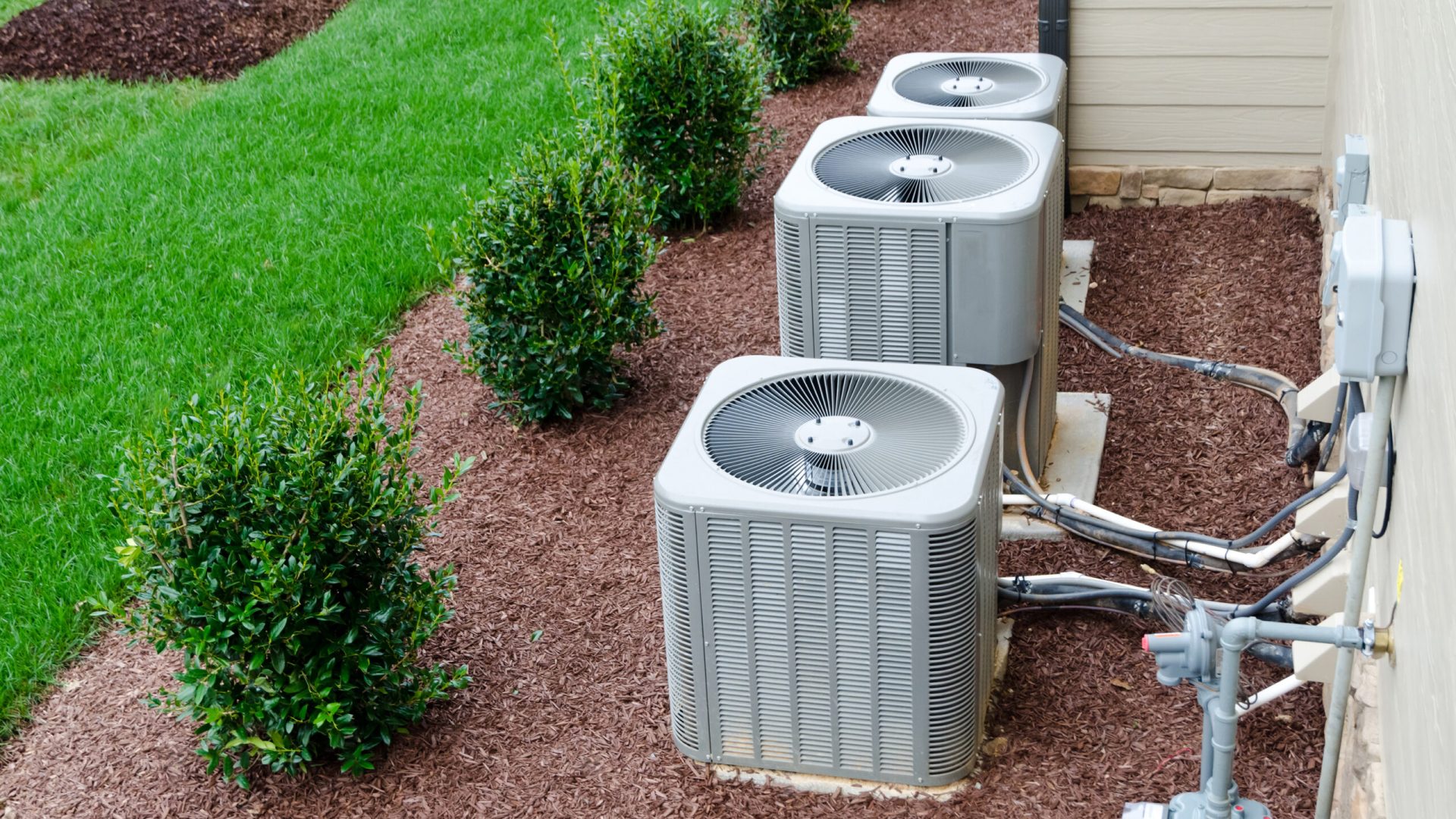Is HVAC seasonal? Well, if You Think HVAC Invoices Only Bite In the Summer, You’re Wrong. Here’s How to Protect Yourself from Sticker Shock
At Property Meld, we constantly analyze millions of service issues to learn how to build the most efficient maintenance operation possible. One area of particular interest due to its high-cost potential is that of HVAC repairs.
But what exactly does maintenance efficiency look like? It depends on who you ask. Nonetheless, we believe one measure of efficiency every business owner will agree on is maximizing cost-effectiveness.
In other words, if you optimize your maintenance operation to deliver satisfactory results to residents at the lowest possible cost to your business, you’ve got yourself an efficient system.
So, how do you consistently keep costs down when repairing and maintaining your properties? For one, we think it helps to understand what factors can lead to the dreaded invoice sticker stock, and more importantly, how to avoid it.
High demand = High cost
At its most basic level, the price of any commodity is determined by the relationship between its supply and demand. Applied to property maintenance, that translates to the interplay between a region’s supply of technicians, and the demand made on those technicians by the region’s various properties.
When the price of a repair job fluctuates wildly over time, it is reasonable to assume the cause isn’t a quick and drastic change in the supply of technicians, but rather, a swift and sweeping change in the demand of their time. In other words, if the demand on a region’s technicians rises, the price of their work will probably rise as well.
So, if you’re looking to keep the cost of your invoices down, it’s best to avoid the high demand seasons when technicians can become overwhelmed and your work can leak into the ‘after-hours’ pricing structure. This is especially true when it comes to HVAC — heating, ventilation and air conditioning — repairs, as they are the most time-sensitive maintenance issues, meaning you have little choice but to hire a technician regardless of the timing or price. In fact, some locales have laws dictating exactly how long a landlord has to repair HVAC failures, with some laws even setting minimum and maximum temperatures apartments/houses can reach as a result of HVAC failures.
Be wary of winter
When you think of the worst time for HVAC repairs, you probably imagine a sweltering early June day when thousands of dormant air conditioners kick on for the first time of the year and the weak among them throw in the towel. Yes, it’s true that HVAC repairs can get very expensive in the summer. But don’t discount how hard winter can hit your wallet, too.
According to our data, the most expensive month for maintenance repairs is September, when the average invoice is $435, 21 percent higher than the average. The second most expensive month is February, when the average invoice is 15 percent higher than average, at $416. That sweltering June day? It comes in at third, when a typical invoice costs $407.
An ounce of prevention is worth a pound of cure
As we’ve demonstrated, if you’re looking to keep your maintenance operation costs down, your best bet is to avoid the high demand seasons, whether it’s summer or winter. Preventative programs emphasizing routine inspections are a great place to start. When you create a system of regular check-ups for your properties, you’re able to identify problems before they become costly emergencies. This can also help you forecast maintenance issues, and plan repairs when costs are lower.
One way to work these check-ups into your maintenance operation is to schedule them in as part of your regular resident turnover program. Another method is to perform annual check-ups of your units every spring, when demand, and thus cost, is at its lowest.
An example of the work we recommend completing each spring is the cleaning of air conditioners’ air condensers and filters. Obviously, this work comes at a cost to your company. But it is reasonable and fair to charge an annual administration fee for such upkeep. Those funds will not only serve as an additional source of revenue for your company, but it will also sidestep expensive emergency repairs during the peak season.
Location, location, location
Our data has shown different results for the peak maintenance months dependent on if you’re in the northern or southern states.
North USA
- The maximum swing above the typical average repair requests is 61% for a given month
- The average number of HVAC requests shifts slightly from month to month compared to the larger shift in the southern states
- The highest average months are during the winter peak season due to the colder winter temperatures
South USA
- The maximum swing above the typical average repair requests is 123% for a given month
- HVAC requests shifts are significant from month to month, with nearly 50% of all HVAC service issues happening in 1/4 of the year.
- Summer is the incredibly busy season bringing in that 123% increase, with winter being drastically lower in average.
But that’s just the tip of the iceberg when it comes to regional differences. For example, the average invoice in California is $439. In Wisconsin, it’s $302. The lesson here: not all markets are equal and preventative measures will have the greatest impact in regions with the largest swings in demand, and thus, cost.
So, what does a solid preventative program look like? What are some other ways to keep your maintenance costs down? How do you know if your operation is running smoothly? We’re here to help.
Schedule a demo today and don’t forget to give our blog a read for tips and insight into the nuts and bolts of the property management business.






